10 Unforgettable Nintendo Launch Titles

Launch titles are so important for a console release, as the initial months can either make or break a system. The lineup for the Switch’s release on Friday has taken a lot of criticism, but there’s one game which is guaranteed to get everyone’s attention. If the reviews are anything to go by, The Legend of Zelda: Breath of the Wild is going to be some game, but with the lack of competition, it’s going to have to be. With it looking almost certainly like day-one success for Nintendo, we’re taking a look at 10 other times the Japanese giant got launch titles right.
Do note that the games mentioned in this article are North American releases.
This post was originally authored by Christopher Carr.
Super Mario Bros. (NES, 1985)

Super Mario Bros. is arguably the most important launch title ever. Released at a time when a huge amount of doubt clouded the video game industry after the crash of 1983, consumers were still wary of purchasing home consoles like the NES. After a slow release to the North American market, audiences were soon won over by the now iconic Italian plumber, shown by the fact that over 40 million copies were sold.
The side scrolling was smoother than anything else at the time, and its secret areas down giant green pipes wowed and mystified gamers at the time. Also, anyone who doesn’t recognise world 1-1 has probably been living under a rock for 32 years. Still popular with casual gamers and speedrunners, there’s no doubt of Super Mario Bros.’ greatness as a game, let alone a launch title; it set the benchmark for every other 2D platformer to follow.
Tetris (Game Boy, 1989)

Tetris has sold more units across all platforms than any other game, 35 million of these being for the Game Boy. The creator of the game himself, Alexey Pajitnov, once told IGN in an interview that Nintendo’s portable version is his favorite, which says everything that needs to be said. It’s widely credited as a significant reason behind the handheld console’s success, as it took the addictive puzzler out of the arcade machines or home console cartridges and into people’s pockets, where it could be played anytime and anywhere.
For many players, it took over every second of their spare time, and this wasn’t just limited to children and young adults; parents would be in on the act too. Nowadays people have smartphones and tablets on which they can play almost anything they want. In 1989, people had Tetris on the GameBoy.
F-Zero (SNES, 1990)

Not the first game of its kind, but certainly one of the most influential, F-Zero not only changed a genre, but also invented a new one itself: futuristic racers. It was fast, difficult, and in the SNES’ Mode 7, realistic (for its time). Because of its pace and fluidity the game took a lot practice to master, but players were rewarded with a wide variety of tracks to hone their skills on. It may have missed out by not including multiplayer, but with everything else so spot on it didn’t even need it. A deserved release on the Wii Virtual Console brought it back to audiences old and new, increasing overall sales to just under 3 million, a modest number for a great game.
Super Mario World (SNES, 1990)

How do you follow up one of the greatest games ever in Super Mario Bros. 3? Easy. Make Super Mario World. With the inclusion of the cape power-up, spinning jump, ghost houses, and a cute, ridable green dinosaur, the game expanded on its predecessors while retaining the key features which made the series so successful. Nintendo also had 16-bits to play with at the time, making it much more visually appealing than its NES siblings, and has since developed into one of the most well-aged games of its time. Similar to the NES launch title, Super Mario World is largely credited as having played a pivotal role in success of the SNES; bundled with the console, the game went on to sell over 20 million copies, earning the reputation as the king of 2D platformers.
Super Mario 64 (N64, 1996)

There’s a theme here… Much like with their first two consoles, Nintendo launched the 64 with a Mario title, but in this case he was in a new dimension entirely. Our favourite plumber’s first entrance into 3D worlds changed platform games as people knew them, and few games have had as much of an impact since. The camera system, though retrospectively frustrating, was revolutionary. It may not be by today’s standards, but Peach’s Castle felt open world in size and freedom, and the gameplay formula is one that is still seen today.
With the N64’s unique analog control in a 3D environment, Mario had 360 degree movement, breaking away from the linear gameplay he’d been stuck in for decades. As the console’s best-selling game with over 11 million copies shipped, Super Mario 64 completed a hat-trick of successful home console launch titles that went on to change the industry in a big way.
Luigi’s Mansion (GameCube, 2001)

So much emphasis was on Mario up until the release of the GameCube that it was easy to forget he had a taller, leaner, much more handsome brother on the side-lines. Luigi waited patiently, and was eventually rewarded with a launch title of his own. He didn’t disappoint, starring in the best-selling launch title for the console, eventually shipping over 2.5 million copies – though still less than half what his brother managed with Sunshine.
The game still featured famous characters from the Mario series such as King Boo, Bowser and even Mario himself, but the concept and gameplay were totally different. Played out in his recently-bought mansion, Luigi is tasked with saving his sibling, who has been captured by King Boo and his army of ghosts. With four separate stages housing keys which need to be used to unlock different locked doors and ghosts waiting to scare, Luigi’s Mansion was a short, but refreshingly fun game.
Star Wars Rogue Squadron II: Rogue Leader (GameCube, 2001)

The Star Wars franchise has had a strange history when it comes to video games, with some being unbelievably poor, and others regarded as some of the best on their respective systems. Rogue Squadron II definitely fits into the latter category. It took everything that was good about the first in the trilogy on the N64 – modern graphics, brilliant audio and fun gameplay – and updated it with the GameCube’s enhanced power. The story spanned the first three Star Wars films (going by release date, not chronology of story), meaning players could take part in some of the series’ most famous scenes, including the climax of A New Hope and the battle of Hoth scene in The Empire Strikes Back. Sales of the game reached just under 2 million, but most impressive is that in topping the UK chart, Rogue Squadron II became the first third-party title to gain number the one spot during a console launch.
Twilight Princess (Wii, 2006)

After taking on a toon-like appearance in The Wind Waker, Twilight Princess saw Link return for a darker, more adult adventure. Players were again sent to Hyrule, and the story followed the same formula fans knew from A Link to the Past and Ocarina of Time. Familiar characters returned, but many were new to the series. Midna became Link’s new assistant – such an important character that she even made an appearance in the spin-off Hyrule Warriors – and Zant was the new enemy in the lead up to Ganondorf. The most important new addition, though, was Wolf Link; the ability to transform into beast and thus teleport to the Twilight Realm was an interesting and unique element of the gameplay, although Minish Cap and Majora’s Mask had played with different Link-forms before.
The mechanics with the temperamental Wii remote were frustrating at times, and there’s an argument for it not being the best Zelda game to date (it has a lot of competition, after all), but its sombre atmosphere and original take on Link’s story made it a great game to play. It enjoyed just under 6 million copies sold on the Wii compared to 1.3 million on the GameCube, together making it the best-selling title in the series.
Wii Sports (Wii, 2006)

With over 80 million copies sold, making it one of the top selling games of all time, there’s no doubt of Wii Sports’ success. Granted, it did come bundled with most consoles, but it’s still the game that attracted a wider audience than any other: children, teens, adults and elderlies. Anyone who owned a Wii would have at some point plugged it in played a casual round of golf with a friend, a match of tennis with a group of visitors, or bowled against their family. It was a game that made such clever use of the groundbreaking motion controls that it made you feel as though you were actually taking part in the sports.
In that sense it didn’t feel like a video game, which was why Wii Sports and the console itself were so successful. It may not hold any of the ‘greatest game’ accolades, but that’s irrelevant. It brought gaming even more into the mainstream, and in that respect alone it was a genius launch title by Nintendo.
Super Street Fighter IV: 3D Edition (3DS, 2011)

Although good handheld fighters have been made in the past, nothing has compared to the quality of playing on a home console or arcade machine. Yet Capcom got as close as anyone with their scaled down version of Super Street Fighter IV on the 3DS. Playing in 3D and Dynamic Mode is an experience, and something that other versions of the game can’t offer. The touchscreen added another element, and made it even easier for newer players to use special moves. Nintendo Network also held up surprisingly well, so online play was fluid and easy. As the first 3DS game to reach 1 million sales, eventually going on to sell slightly over that figure, Super Street Fighter IV: 3D Edition proved to be the most successful launch title for the system.

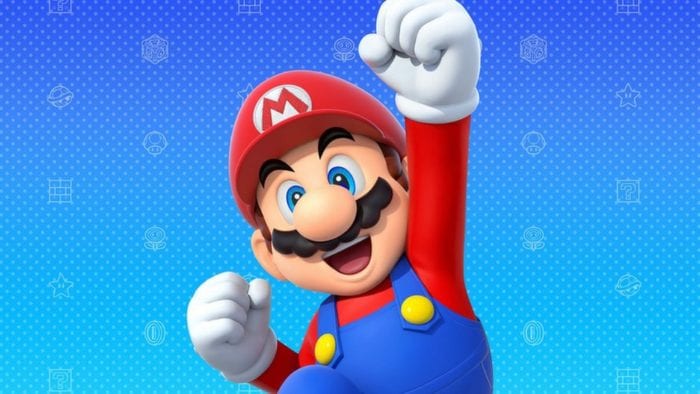



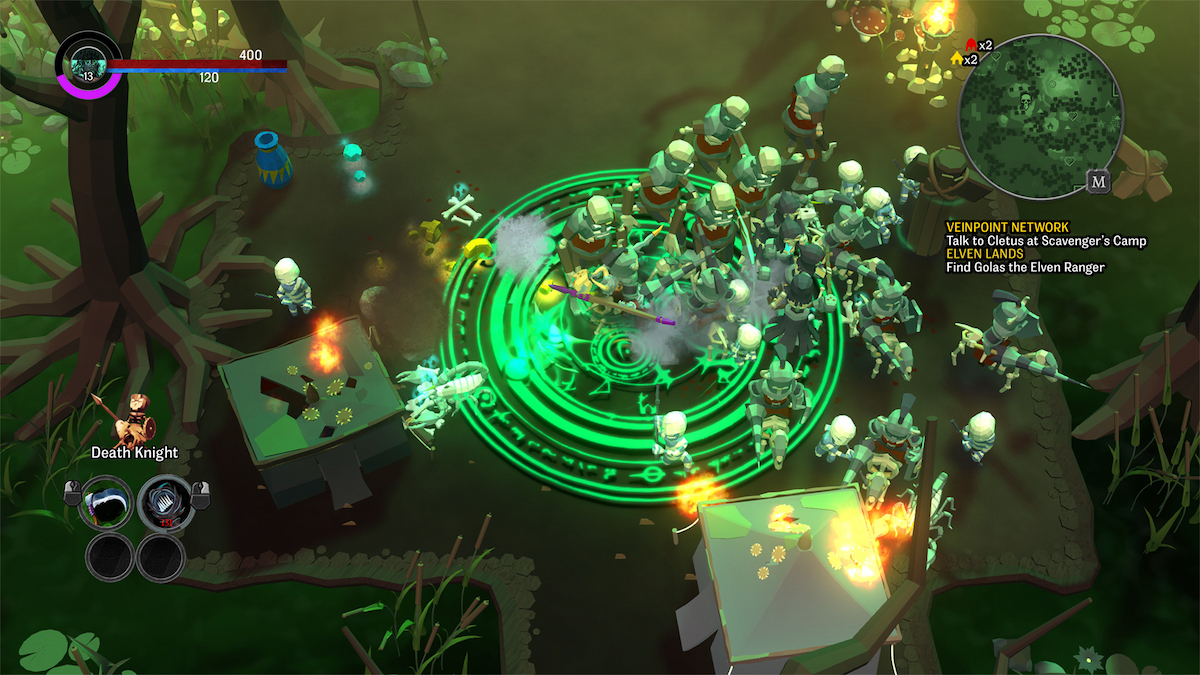

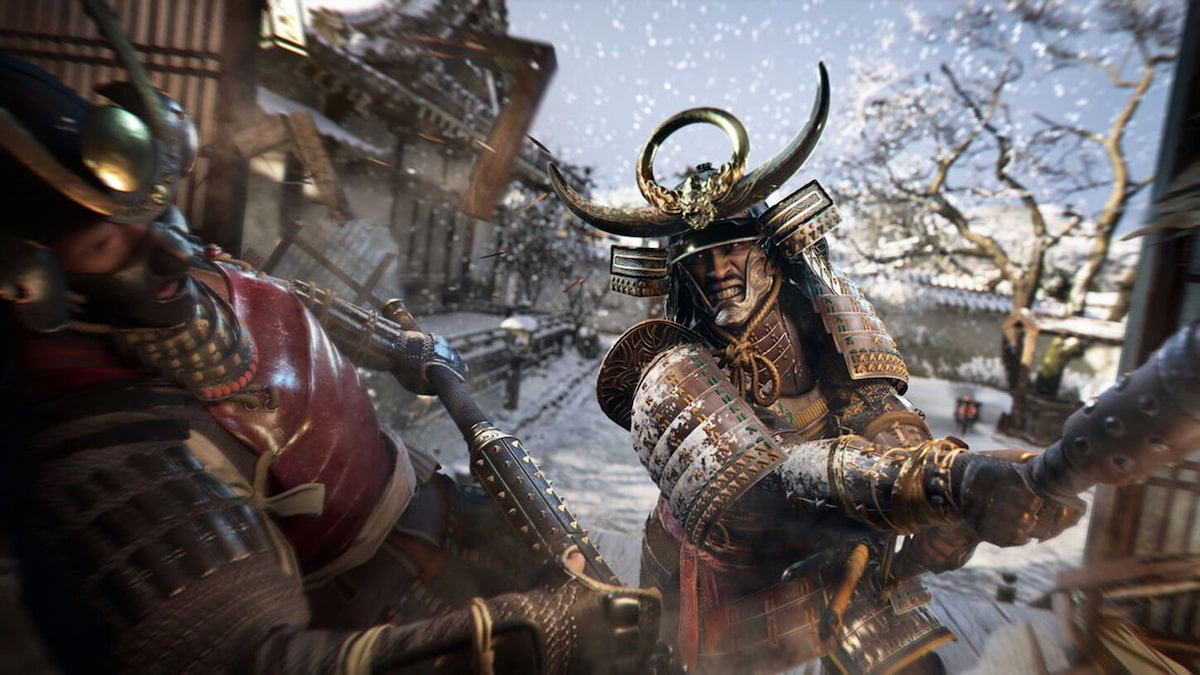

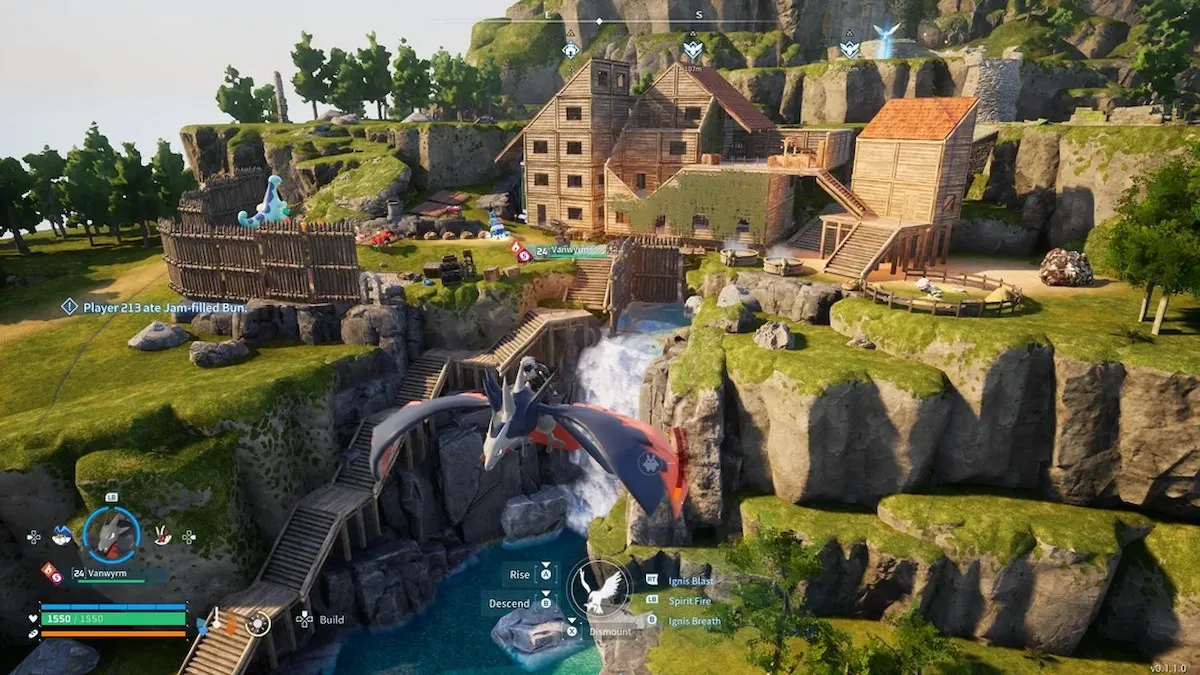


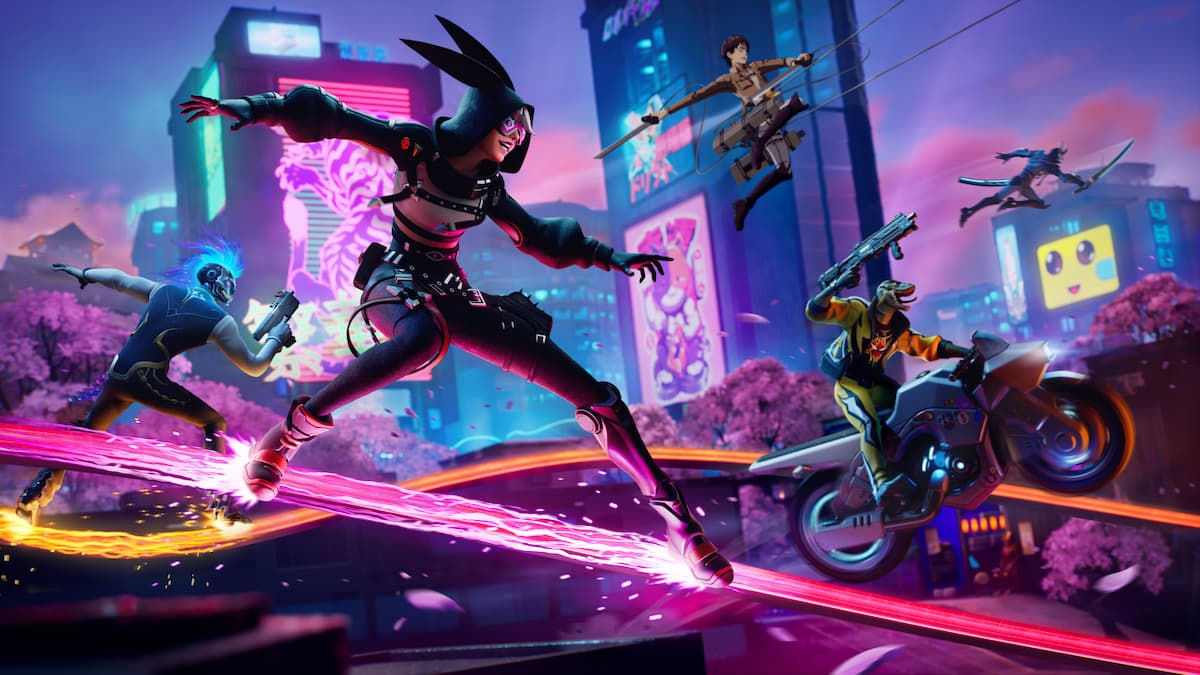
Updated: May 17, 2018 02:47 pm